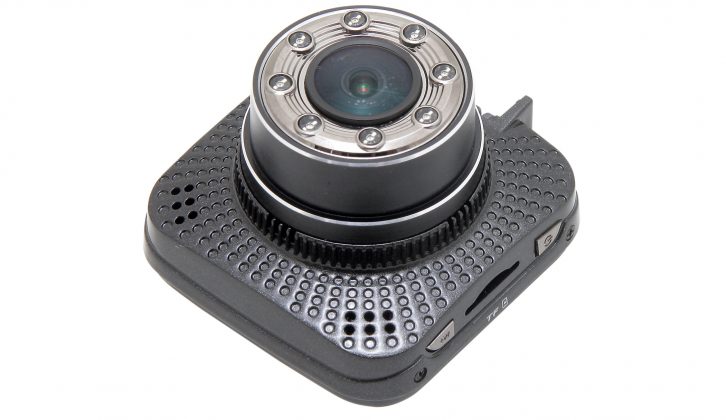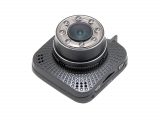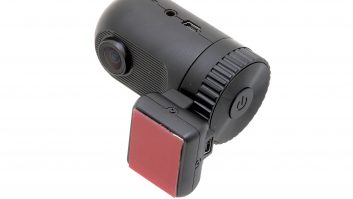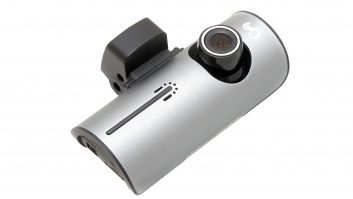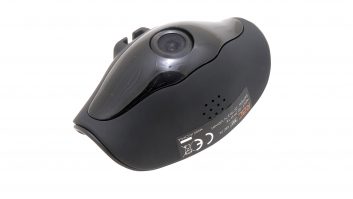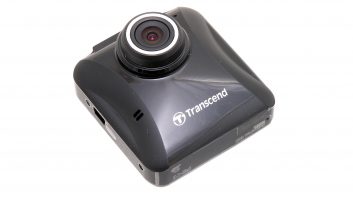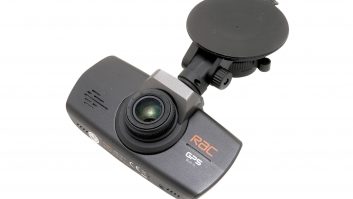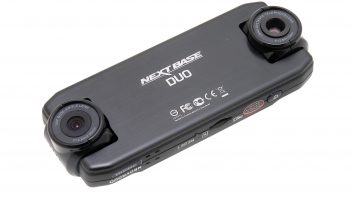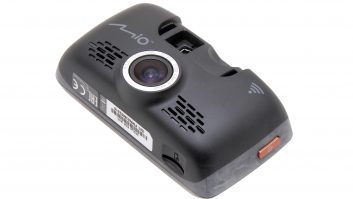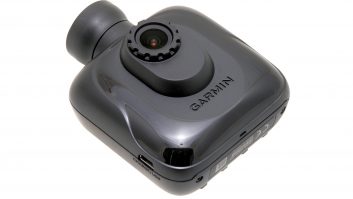Verdict
The Tsumara G3, which costs £139,99, is one of the best dashcams we’ve tested and we’ve awarded it a four-star rating.
Pros
170° wide-angled lens
Extreme HD 1296p resolution
Time-lapse recording
64GB memory card included
G-Sensor
GPS speed and location data
Cons
Parking mode only works if you hard-wire the unit in
If you’ve ever had a car accident where there were no witnesses, you’ll know how hard it can be to establish whose fault the crash was. You may take photos of the scene from every angle, but if the other driver tells the insurance company a different story to yours, there’s not a lot you can do. And even if you have a passenger, their testimony doesn’t count if they happen to be married to you! If liability is hard to prove, insurance firms tend to simply split the bill equally between both parties, on a ‘knock-for-knock’ basis. Inevitably, this obliterates your ‘no-claims’ discount.
Thankfully, technology now presents a handy solution to this scenario – dashcams. These small but rather amazing gizmos are soaring in popularity, as people are using them not just as their own personal eye-witness, but for fun as well!
Imagine recording the drive as you tow your caravan through Cornish country lanes to your destination, filming your ascent over a mountain pass in the Alps, or your first glimpse of the sandy beaches and azure sea of the French Atlantic coast. Wherever you roam, you can bring those special moments home as video clips to show friends and family, upload to Facebook or put on YouTube.
It’s all possible, and it won’t even cost too much, as we discovered when we tested a batch of likely-looking dashcams for Practical Caravan. We tested the RAC 05, at £149.99, the Garmin Dashcam 20, at £129, and the Mio MiVue 658 WIFI, at £142.96, the Tsumara G3, at £139.99, and the Transcend DrivePro 100, at the low price of £64.
We tested the Cobra Drive HD CDR 840, at £99.99 and the RAC 04, costing just £59.99. Then we compared the Next Base IN-Car Cam Duo, at £199.99 and the Trackvue DV300, at £99.
In this review we’ll focus on the Tsumara G3 dashcam, because this might be the model that makes Tsumara a household name.
Like Cobra’s CDR 900, footage shot with this smart little Tsumara G3 camera is presented in the widescreen, ultra-detailed, high quality Super HD format. But the G3 slightly trumps the opposition by having the widest field of view here – using an impressive 170° wide-angled lens.
In other ways, the Tsumara G3 is a straightforward, no-nonsense piece of kit. Instead of Wi-Fi , there are both HDMI and conventional USB audio/video outputs. In addition, while GPS is built-in, its role is limited to position monitoring, speed and recording.
One bonus is the giant 64GB Kingston memory card that’s included. The Tsumara G3 has one unique selling point: time-lapse recording, which could be fun to use.
In other dashcams there’s a parking mode powered by batteries, but in this one it only works if you have the unit hard-wired in. This is a quick and simple task for car accessory stores that sell the devices and offer the service. The motion sensors will detect any impact while you’re parked and start filming events while you’re away from the vehicle.
The Tsumara G3 has one unique selling point: time-lapse recording
Technical Specifications
| Dashcam with GPS recording | speed, location, time |
| USP | Time-lapse recording |
| Memory card included | 64GB Kingston microSD card |
| Extreme HD | 1296p |
| Wide-angle lens | 170° |
| CMOS | 4 mega pixel |
| 3 Axis G-force Sensor | Detects, saves & protects footage around crash |
| Outputs | USB and HDMI |
| Loop recording | With protection for crash footage |
| Night vision | Good |
| Free software download | PC-compatible |
| Parking mode motion sensors | Work when hard-wired in |
